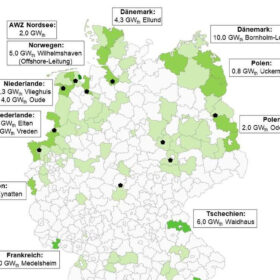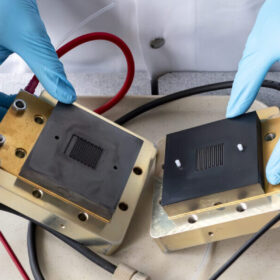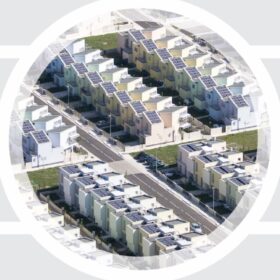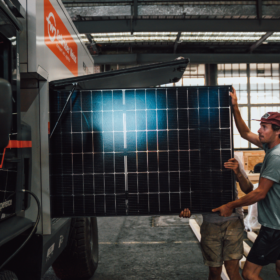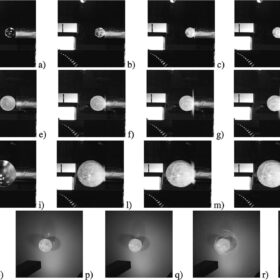Swiss startup develops adhesive film to create PV billboards
A Swiss company has developed adhesive film that can be applied on solar panels to make them more aesthetically appealing. The film reduces electricity production by between 10% and 30%, but income from advertising could offset such losses.
The Hydrogen Stream: FNB Gas presents hydrogen network plan for Germany
FNB Gas has unveiled plans for a hydrogen core network in Germany, while Tree Energy Solutions has started working on an electrolyzer and 1 GW of renewable energy assets in Canada.
Swiss scientist to develop hybrid flow lithium-ion batteries
A scientist in Switzerland is trying to develop a hybrid flow battery and lithium-ion battery by incorporating solid storage materials into the flow battery tank. He is currently identifying stable materials for the storage tanks over a 20-year operating period.
New intraday solar forecast method focuses on cloud temporal variability
The new SolarSTEPS forecasting method improves ensemble forecast quality by 9.3% compared to approaches that consider only cloud advective motion.
Inverted perovskite solar cell achieves 25.3% efficiency via interface engineering
An international group of scientists has fabricated an inverted perovskite solar cell that claims both high power conversion efficiency and a promising high degree of stability. A champion cell achieved a power conversion efficiency of 25.3%, with an encapsulated version retaining 95% of the initial efficiency after extensive heat and humidity testing.
Strategies to develop ‘solar neighborhoods’
A group of scientists across the world have created a list of recommendations that can help create solar neighborhoods. In a recently published study they highlight the importance of legislative frameworks and advanced computing.
Swiss students crossing Australian outback in solar car
A group of ETH Zurich students are currently competing in the Bridgestone World Solar Challenge. They are racing a solar car, powered by monocrystalline silicon PV modules, through the Australian outback.
Swiss 3S introduces new half-cell BIPV modules
Swiss 3S, the Switzerland-based manufacturer, is offering the new half-cell BIPV module in four sizes, ranging from 24 half-cells to 48 half-cells. The rated output is up to 225 W.
Logistics company testing PV-powered electric truck for remote locations
Gebrüder Weiss is testing electric trucks with two electric motors and 7.4 kWp of PV output. The modules are installed on the top of the trucks and as mobile extensions.
New hail test to assess impact of large, high-velocity ice balls on solar panels
A research group in Switzerland has enhanced the hail test stand to measure the impact of ice balls with larger diameters and higher speed on solar panels. The new testing approach will reportedly enable solar panel makers to assess their products with adequate safety margins.

